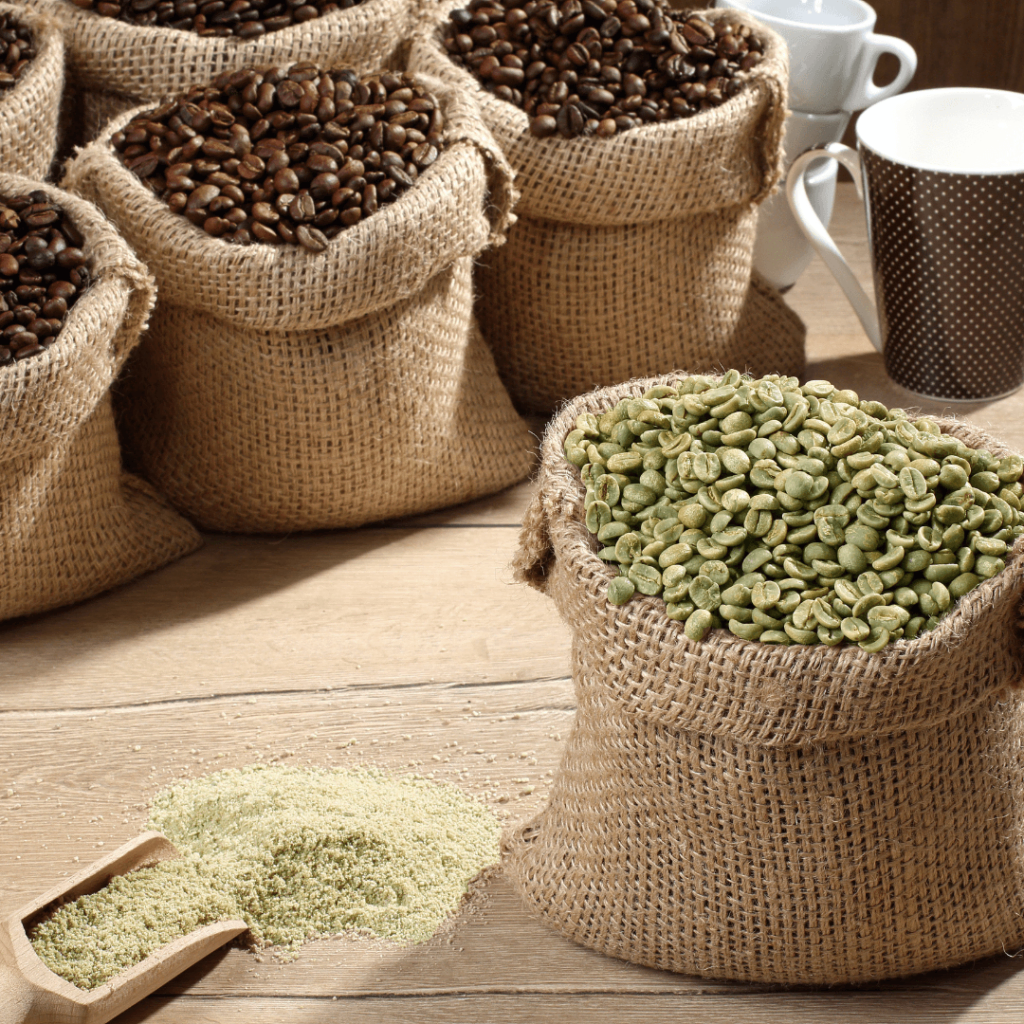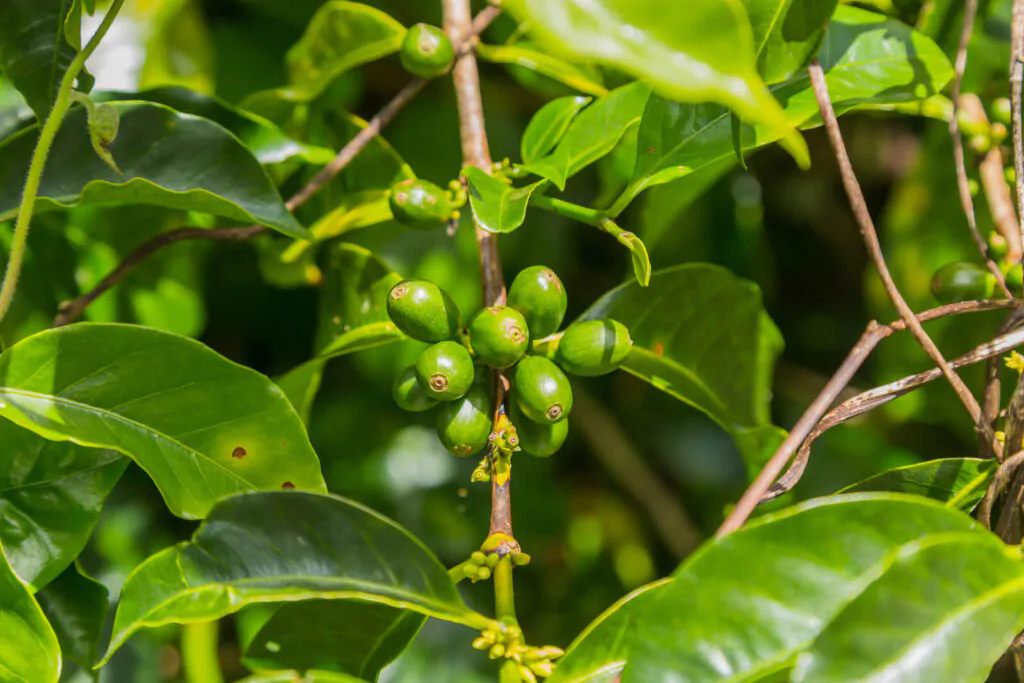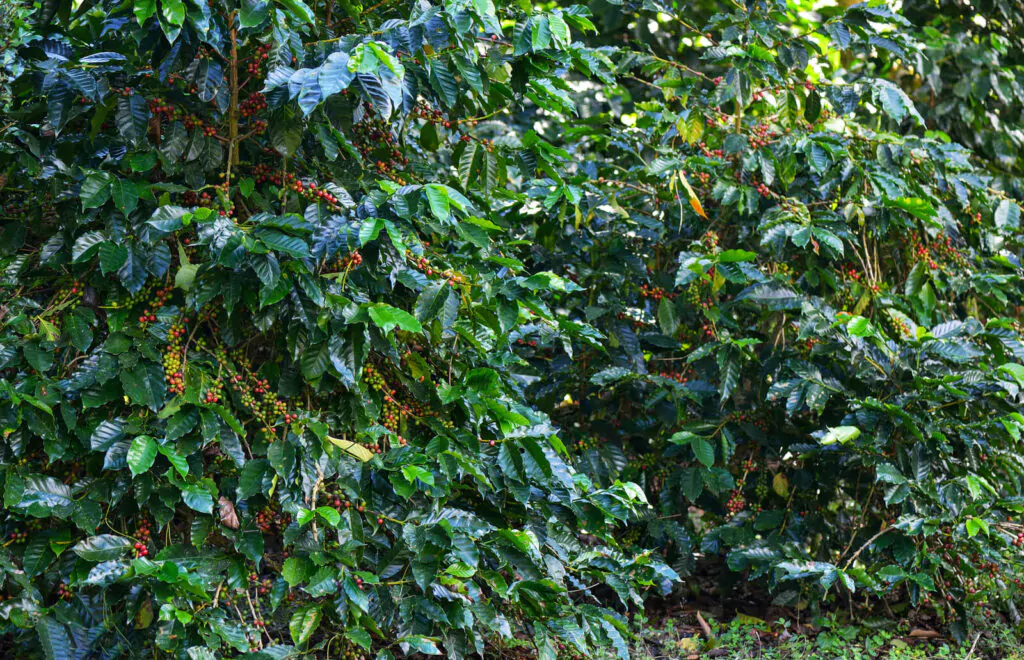Have you ever entered a café, scanned the menu, and asked why the coffee was promoted as single origin? Below are the reasons why single-origin coffee is worth trying.

These days, locating coffee that is tasty and well-rounded is not challenging. Farmers are growing better crops, and roasters are improving their skills. The specialty coffee sector currently dominates the American coffee market.
The most passionate coffee drinkers will stick to their preferred beans, roasts and roasters, coffee-growing locations, and brewing techniques. Some even go so far as to promote particular farms or roasters. And some coffee lovers, even casual drinkers, are more interested than ever in single-origin coffee.
Single-origin coffees enable a coffee shop’s menu to change often, giving it life. Here are the top nine reasons why you should choose single-origin coffee — if it is still not your preferred coffee.
1. It Has Extra Unique Characteristics
Single-origin coffee is your best bet if you want to contrast the distinctive characteristics of several types of coffee from around the world. Single-origin coffee is coffee that does not include any beans from any different origin or nation.
Adding beans from elsewhere might mask the unique flavors and qualities of the coffee. Because it delivers a more complex flavor profile than blends, single-origin coffee is growing in popularity.
2. It Is Traceable
You can pinpoint the origin of your coffee if the beans are all cultivated in the same region. This supports fair trade and sustainability, which are historically lacking in the coffee sector.
The best single-origin coffees are estate or micro-lot coffees farmed by a single producer or farm. This assures drinkers that their regional tastes can be identified and their source is recognized.

Their traceability is one of the key factors contributing to their popularity. Consumers want to know exactly where their coffee has come from. Consumers today are more concerned about human rights and food quality.
Many customers are interested in the details about the origin, including the farm, the people behind the coffee, the environment it is grown in, and the procedure behind the coffee. Most single-origin coffees come from ethically responsible sources as well.
When it comes to coffee blends, roasters can combine beans from as many as eight or nine different locations, possibly from other countries worldwide. Chemical cross-contamination may occur if materials are sourced from different locations. You can be sure of the specific origin of your coffee by choosing a single basis.
3. It Gives A Specific Bold Taste
Single-origin coffee, thought of as coffee in its purest form, is favored for the immersive experience it offers.
Single-origin coffees are often lightly roasted to highlight their distinctive regional flavor characteristics. Their flavor quality varies from season to season.
Working with single-origin espresso requires a barista to devote more attention and care; slowing down the brewing process.
Most coffee shops utilize pour-over or cold brewing techniques and coarse or extra coarse grinding to highlight the distinct characteristics of their single-origin coffees. Slow brewing these coffees permit their light flavors to capture the taste buds, unlike popular milk-heavy espresso beverages.
Variety, inputs, climate, and processing all impact the flavor of the coffee. Each of these aspects is exclusive to a region. The taste of coffee differs from country to country and area to region.
You may also be interested in reading our guide on what does single-origin coffee mean.
4. It Is Pure
Purity is not something you can anticipate from most specialty coffee because blends are made up of beans from several varieties and sources. Nonetheless, single-origin coffees are preferred because of their purity. The coffee’s natural flavors and aromas are fully revealed because there is nothing else to mix with them.
Most single-origin beans produce a clean, crisp cup of coffee that might not work well with a milk-based beverage.
5. You Notice Slight Differences
Every time you purchase a package of single-origin coffee, you might be in for a pleasant surprise. Seasonal factors may have an impact on these coffees’ consistency.
Compared to coffee blends, which are more mellowed since they are made from a variety of beans, the differences in flavor between successive batches of the same coffee will be more obvious.
Single-origin coffee might be the one to try for people interested in having a different coffee-tasting experience each time they brew a cup. Using single origins, you can enjoy pure, unfiltered flavors and aromas.
6. It Provides Exclusivity
Customers can sample coffee from other nations and appreciate their subtle flavor differences. The aroma, acidity, and flavors of single-origin coffee are typically more noticeable than those of blends. It becomes an even more unique experience when some coffee shops have exclusive access to and selling rights to particular single-origin coffees.

The beans are always manually selected, typically from small farms in remote tropical nations.
7. It Does Not Contain Any Chemicals
Single-origin coffee guarantees that every bean is of the same quality and is processed and roasted according to the same standards.
Single-origin coffee cultivation often prohibits the introduction of chemicals that might be present when combining a range of beans from various regions, climates, temperatures, and agricultural techniques.
8. It Is Environmentally Friendly
Single-origin coffee is usually processed under fair trade principles, guaranteeing that the farmers are paid fairly for their output. They continue growing high-quality beans using sustainable and environmentally friendly cultivation techniques because they have a consistent and sustainable source of income.
Single-origin coffee is usually only offered for a brief period. This is because most coffee is only harvested once a year, making each batch smaller than mass-market outputs and promoting sustainable growing techniques.
In the past, coffee was grown under the shade of trees, promoting biodiversity. But in the 1970s, coffee growers started felling forests to boost crop yields. Sun-grown coffee is produced in rows with no canopy.
This is bad for the environment due to deforestation, chemical fertilizers and pesticides, and other environmental problems such as soil and water degradation. Shade-grown coffee is not always single-origin coffee. Nevertheless, since they are naturally produced in modest quantities, growers may concentrate on quality rather than quantity.
Single-origin, shade-grown beans are environmentally sustainable because they support local bee populations, protect biodiversity, and encourage farming methods that conserve the planet’s natural resources. A better cup of coffee, indeed.

It is important to remember that single-origin coffees are also better for the environment because fewer coffee beans must be sent across oceans from various origins. Hence, single-origin coffee tastes great and is more environmentally friendly than conventional coffee sourcing methods.
You may also be interested in reading our guide on what are the best single-origin coffees.
9. It Has Antioxidants
We are what we eat. Have you thought about where your daily cup of coffee plays a role in health and well-being?
Single-origin coffee beans are usually grown in small batches, so the farmers have more time to nurture their crops. Coffee is a great source of antioxidants which can reduce the risk of illnesses such as heart disease.
